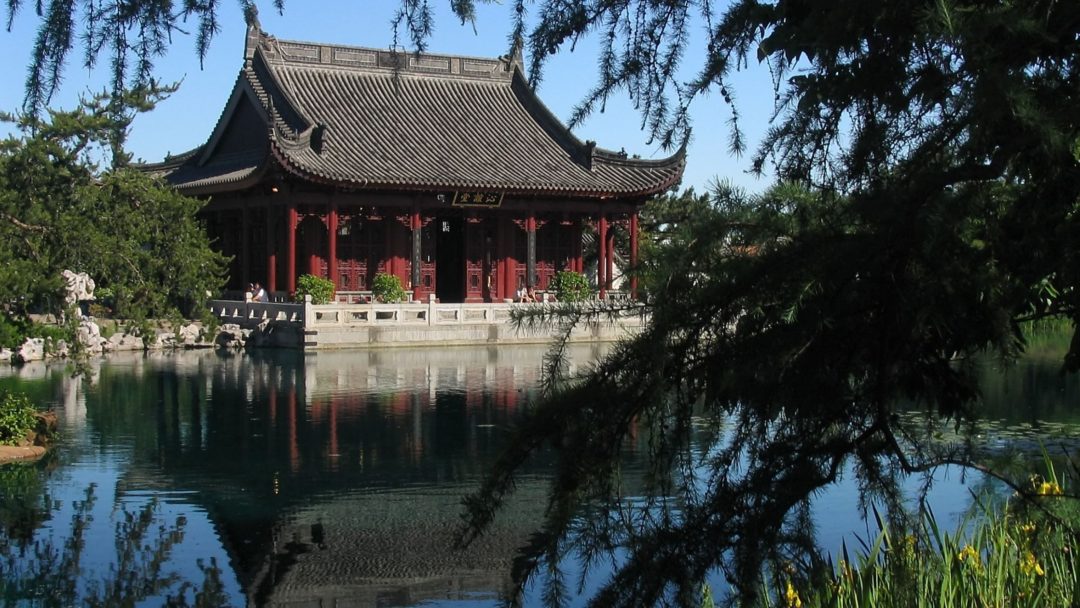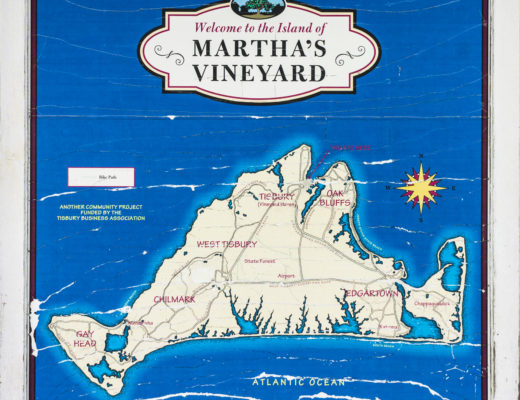Life is a Journey of Escapes is reader-supported. When you buy through links on our site, we may earn an affiliate commission. Learn more
Amid the Great Depression, the amazing Montreal Botanical Garden was established. Although its construction was during a difficult moment for the country and in a harsh enough climate zone yet, it remains one of Montreal’s most beautiful sites to this day that highly deserves a swift yet sweet visit from you!
With abundant Japanese and Chinese-style gardens, tropical plants, and cacti, walking around the grounds seems like traveling across the world. The aquatic garden showcases the enormous range of natural life below water, and the hazardous and medicinal plants garden offers a fascinating look at the natural world’s impact on healing.
You’ll surely get to witness those interesting locations, for it’s a perfect getaway activity year-round for a thriving woman over 50 like you. Big thanks to the unique, lively garden and an on-site café. You’ll get to love the Montreal Botanical Garden even more.
About Montreal Botanical Garden

a. Location
It is found at 4101 Sherbrooke East, Montreal. Located in Parc Maisonneuve on northern Plateau-Mont-Royal (accessed via the Green Line’s Station Pie-IX métro station). It’s only a few minutes from downtown Montreal, and it’s close to the Biodome and Olympic Park.
b. Price and Opening Hours
The botanical garden is available from 9 a.m. until 5 p.m. from Tuesday to Sunday. Depending on the season, it is usually open up to 6 or 7 p.m. The greenhouses are also open to the public all year.
Additionally, the cost of admission varies by age:
- Adults: 20.50$; Children: 20.50$
- Seniors (above the age of 65) – 18.75$
- 15.00$ for students; 15.00$ for non-students
- 10.25$ for children aged 5 to 17 years old
- 56.75$ for a family of two adults and one to three children
- Children under the age of five – free
c. Description
The Montreal Botanical Garden, one of the town’s treasures, is acknowledged to be the world’s greatest botanical garden. It is part of the Montreal Space for Life, Canada’s largest natural museum science complex and Montreal’s top must-see destination.
It hosts a vibrant calendar of events, affairs, and activities all year round. In addition, it is also an excellent location for taking in the healthy air and admiring the natural beauty. The Botanical Garden of Montreal is a living museum with plants from all over the world.
Gardens
Alpine Garden
From the Rockies to the Himalayas, from the Alps to the Arctic tundra, the Alpine Garden will take you on a journey of the botanical world. Discover the incredible diversity of plants that thrive in mountains and boreal regions. Also, this garden has the Montreal Botanical Garden’s greatest plant collection in terms of species.
Aquatic Garden
This garden highlights fountains and ponds with its array of aquatic and wetland plants. The water hyacinths, the magnificent lotus, and the skunk cabbage will all be discovered by visitors. Nearly 200 species and cultivars are represented in this garden, with many hailing from Québec and others from further afield.
Arboretum
The Arboretum and its outstanding collections take up more than half of the overall area of the botanical garden. A large woodland in the middle of the city with over 7,000 trees along with shrub specimens organized into 50 collections. There are also several Québec-native species and many cultivars imported from worldwide.
Chinese Garden
The Chinese Garden, a scenic site of contrast and harmony, exemplifies the old-time ideals of Chinese landscape design. Its arrangement, the water, the architecture of the pavilions, and the choices of every plant and every mineral are all manifestations of the balanced design concepts.
Masses, shapes, and auras are employed to attain contrast and display more emotions, and the design elements are packed with symbolic meaning.
Food Garden
The Food Garden provides a glimpse into the diverse range of plants grown for their economic utility in the United States and other countries. It will take you on a journey throughout the world and back in time. While many of these plants are still valuable, others are no longer necessary for human sustenance and are being altered by synthetic materials, if not completely replaced.
Japanese Garden
This garden’s features are all well-balanced to illustrate a tranquil atmosphere. It’s a peaceful place that carries a lot of emblems. Each type of tree, stone, and bush has been put with care to show a unified whole. The paths guide you to a particular pond with a succession of falls and several streams where you may see Koi carp plunging in the shallows.
Leslie Hancock Garden
The family of plants here requires unique growing conditions, including moist, well-drained, humus-rich, acidic soil. Some conifers encircle the garden, providing excellent winter protection for its less resistant rhododendrons, which form a protective blanket.
Medicinal Plants Garden
This garden, which includes more than a hundred distinct species, introduces the wide and ever-changing field of medicinal plants employed in folk medicine and, on a larger scale, by the pharmaceutical industry.
Peace Garden
The Peace Garden lines up nine low walls and nine pillars. Tulips, a species that originated in Turkey, are the undisputed floral stars of the show in this tiny garden every spring.
Perennial Garden
Perennial Garden is a fusion of styles, with French-style symmetrical lines and English-style mixed borders blooming in vivid succession from spring through October frosts. What’s great about the perennial garden is that new plants bloom while old ones fade.
Reception Gardens
The flowerbeds in this garden are planned out in French gardens. Tulips and other flowering bulbs around the fountains create a riot of color in the spring. They give way to the vivid colors of annual plants in the summer.
Rose Garden
Rose Garden is separated into two areas, each depicting the history and evolution of roses. Modern bush and climbing roses can be found in the ornamental section, like a river of roses running around small islands of trees and shrubs.
The other area features species and shrub roses, traditional garden roses, and new hybrids. Additionally, the Aquatic Garden separates the two portions.
Shrub Garden
Hedging and rockery plants mark Shrub Garden’s southern boundary with a clematis collection. Both serious collectors of rare shrubs and amateur gardeners looking for inspiration for their yards will enjoy this garden.
From spring through fall, the Shrub Garden is a riot of color. However, all colors do not obscure the shrubs’ other aesthetic aspects, such as their forms, fruit, and branch colors.
Shade Garden
Shade and semi-shade plants carpet the Shade Garden, which has winding paths that urge visitors to linger in this peaceful haven. It allows you to see many plants that have evolved to these lighting conditions, with over 2,500 species and cultivars to choose from.
Now, those are only some of the gardens you can enjoy in the Montreal Botanical Garden. You can also witness the beauty of the following gardens: Courtyard of the Senses, First Nations Garden, Flowery Brooks and Lilacs, Garden of Innovations, Monastery, Quebec Corner, and Toxic Plants Garden.
What to Expect
When in the Montreal Botanical Garden, you’ll find a remarkable variety of plants to see at any time of year. You wouldn’t want to miss their greenhouse collections and cultural gardens, along with the must-sees bloom of the week.
Through botanical traditions, magnificent cultural gardens encourage you to journey to China, Japan, and the First Nations. The Main Exhibition Greenhouse features a changing display of flowers and special events through the years. This massive, two-tiered facility, complete with an indoor waterfall, accommodates large events all year.
Solitary meditation and guided tours are just a few of the various ways to experience the pure delight of the whole garden.
Conclusion
There’s a lot to explore in this beautiful botanical garden. As a wonderful, thriving woman over 50, you deserve to experience the satisfaction and solidarity the garden offers.
We hope we did a great job providing you with a 2022 guide as you plan to witness the Montreal Botanical Garden soon. With all that, we’re wishing you a great visit!
Support the Team!
If we helped you plan your travels in any way and you want to support us, here are several companies we’re affiliated with. We receive a small commission at no extra cost to you when you click on the links below so feel free to click away! 🙂









No Comments